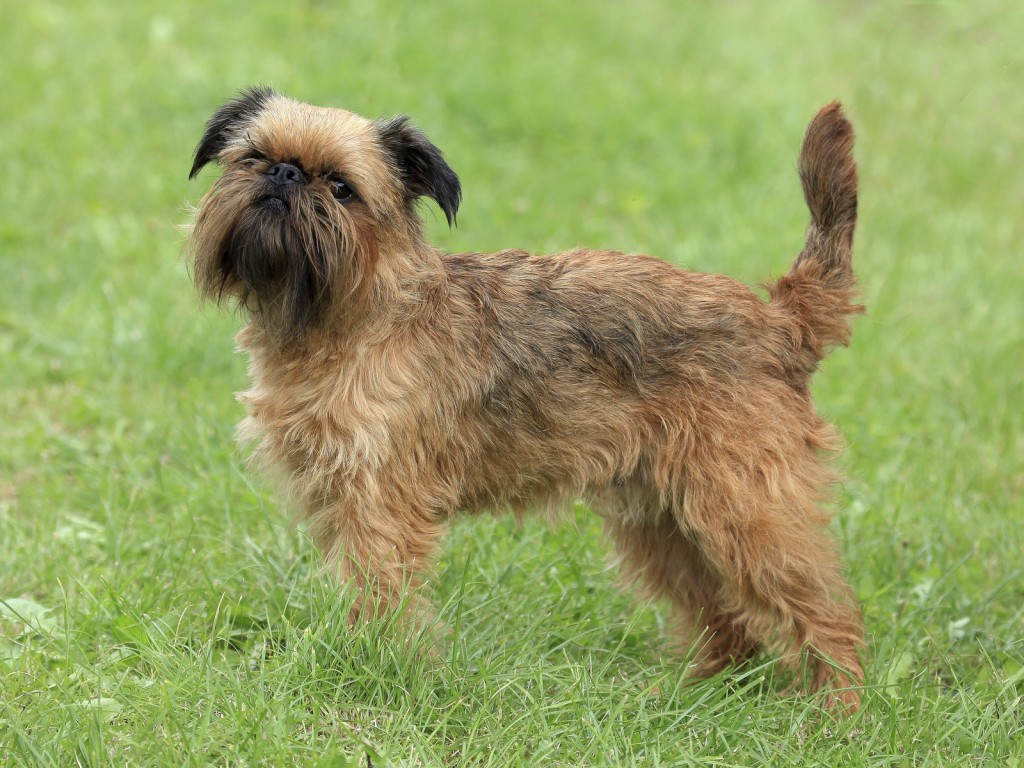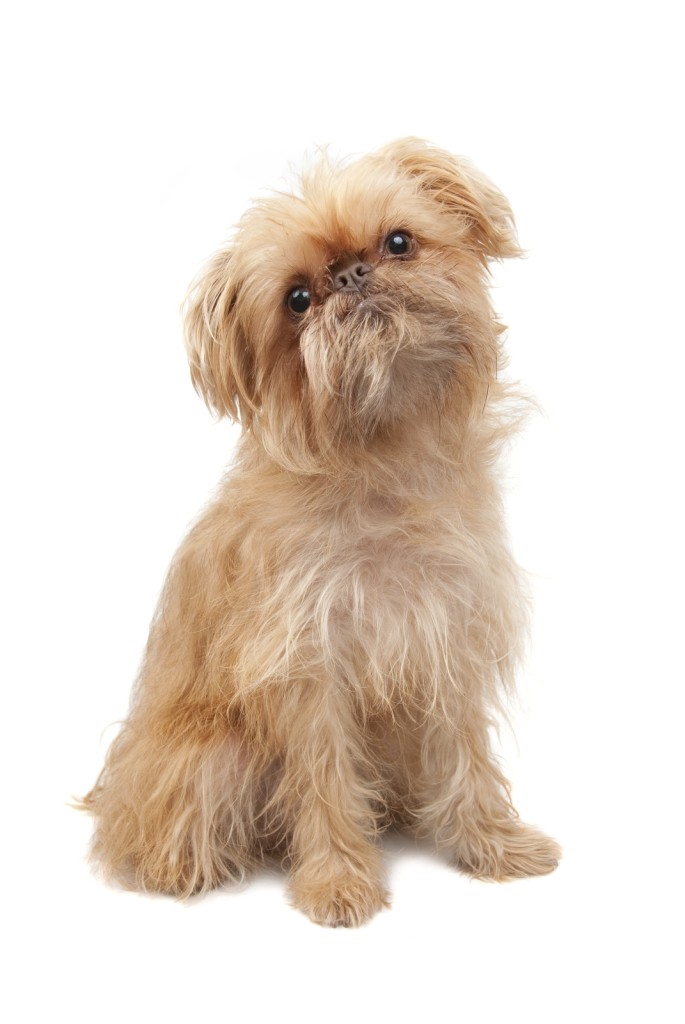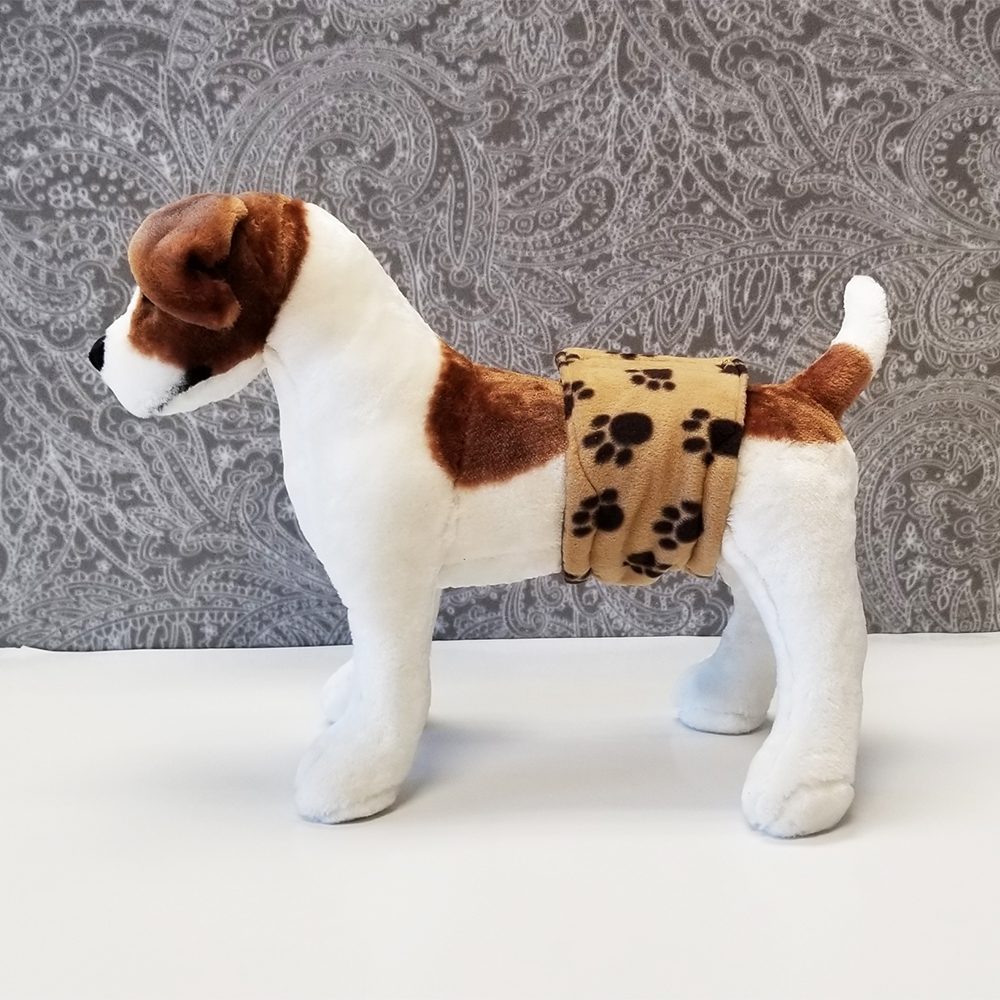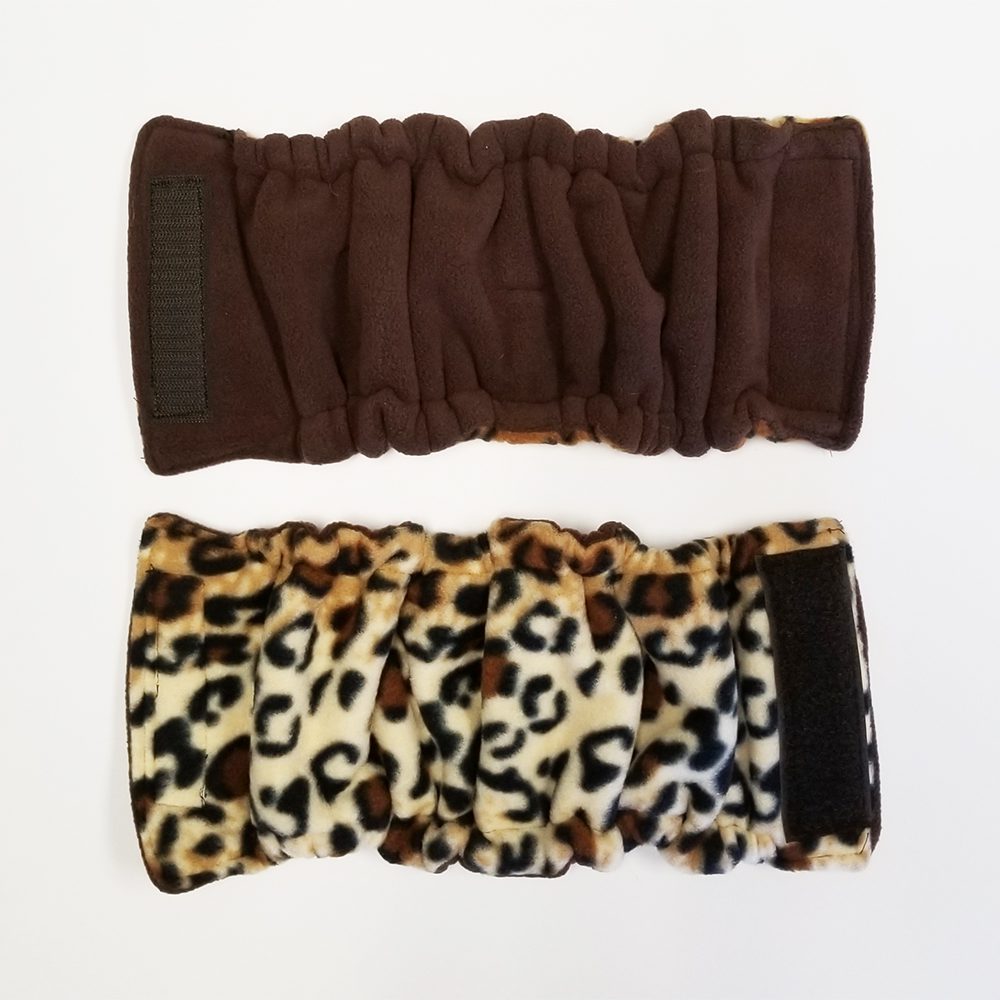Brussels Griffon

Brussels Griffon: The Charming and Expressive Toy Companion
Welcome to the detailed guide on the Brussels Griffon, a breed cherished for its unique facial expressions and endearing personality. This page explores the captivating world of the Brussels Griffon, a small toy breed known for its big heart and distinctive appearance.
Overview
AKC Height: 7-10 inches
AKC Weight: 8-10 pounds
Colors: Red: reddish brown with a little black at the whiskers and chin; Belge: black and reddish brown mixed, usually with black mask and whiskers; Black and Tan: black with uniform reddish brown markings, appearing under the chin, on the legs, above each eye, around the edges of the ears and around the vent; Black: solid black.
Life Expectancy: 12-15 years
Group: Toy Group
________________________________________

Physical Characteristics
- Distinctive Face: Brussels Griffons are known for their human-like expressions, characterized by a short, upturned nose and large, expressive eyes.
- Compact Size: They are a small breed, making them ideal companions for apartment living or smaller homes.
Temperament and Personality
Brussels Griffons are lively, intelligent, and affectionate. They form strong attachments to their owners and are known for their sensitive nature. Their size belies their confident demeanor, and they often carry themselves with a self-important air.

Training and Exercise Needs
- Training: They are smart and can be trained effectively using positive reinforcement methods. Early socialization is important to develop well-rounded behavior.
- Exercise: Moderate exercise like daily walks and play sessions are sufficient for their physical well-being.
- Mental Stimulation: Interactive toys and games can provide necessary mental stimulation for this intelligent breed.
Health and Nutrition
- Diet: A balanced diet suitable for small breeds is crucial. Regular consultations with a veterinarian can help maintain their health.
- Health Issues: Brussels Griffons can be develop hip/elbow dysplasia, epilepsy, hypothyroidism, PRA, canine disk disease, and at times respiratory problems due to their brachycephalic nature. Regular health check-ups are important. Dog Health Dictionary
Grooming and Care
- Coat Maintenance: Grooming requirements vary depending upon whether they have a smooth or rough coat. Regular brushing and professional grooming help maintain their distinctive look.
- General Care: Special attention should be given to their dental health and routine care like nail trimming and ear cleaning.
Living with a Brussels Griffon
- Family Compatibility: They are well-suited to families and individuals, known for their loyalty and affectionate nature.
- Adaptability: Their small size makes them adaptable to various living situations, including urban environments.
- Companionship: They thrive on human interaction and prefer being in the company of their owners, making them ideal lap dogs.
Responsible Ownership and Adoption
- Selecting a Breeder: Choose breeders who prioritize health and temperament, and who offer health clearances for their puppies.
- Adoption Options: Considering adoption from shelters or breed-specific rescues is a great way to provide a loving home to a Brussels Griffon in need.
.
Conclusion: The Brussels Griffon, with its charming character and expressive face, is a delightful companion for those seeking a small, affectionate, and loyal pet. Their engaging personality and manageable size make them a popular choice among city dwellers and those with limited space.
Housebreaking
PUPPY HOUSEBREAKING tips: https://www.dog-breeds.net/puppy-housebreaking/
ADULT MARKING AND RETRAINING tips: https://www.dog-breeds.net/dog-housebreaking-marking-page/



